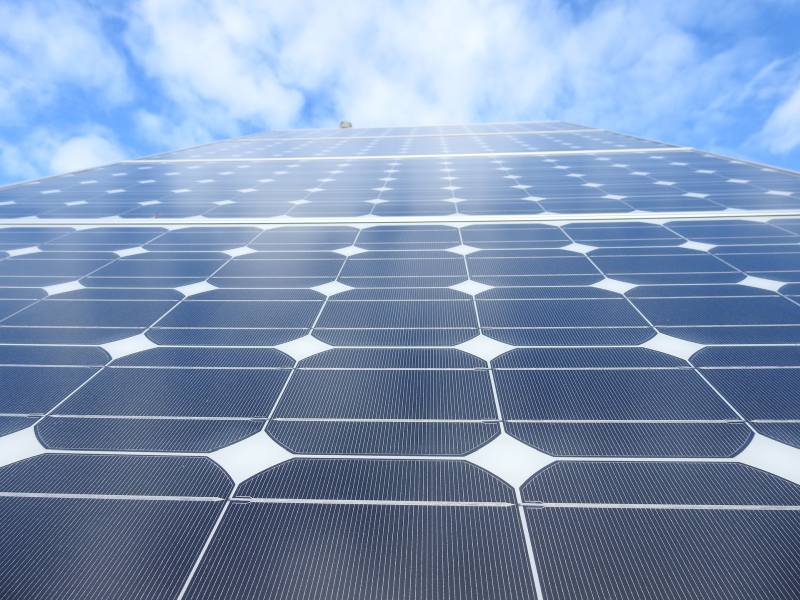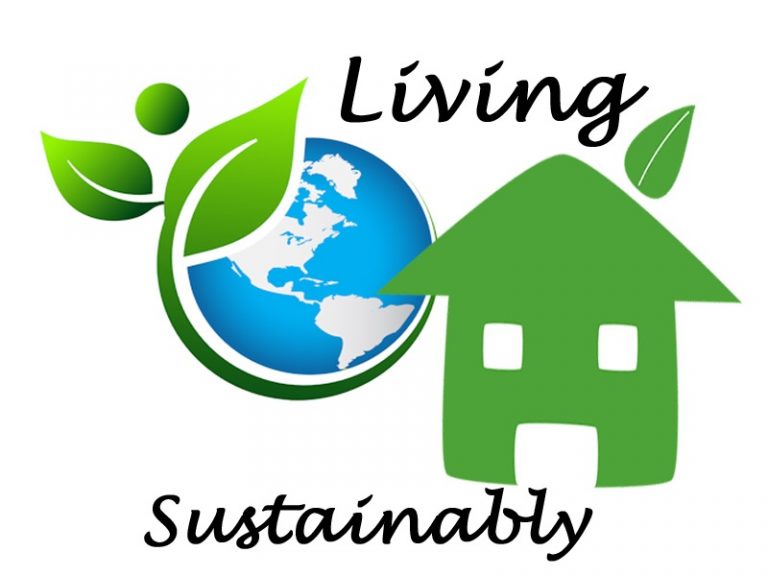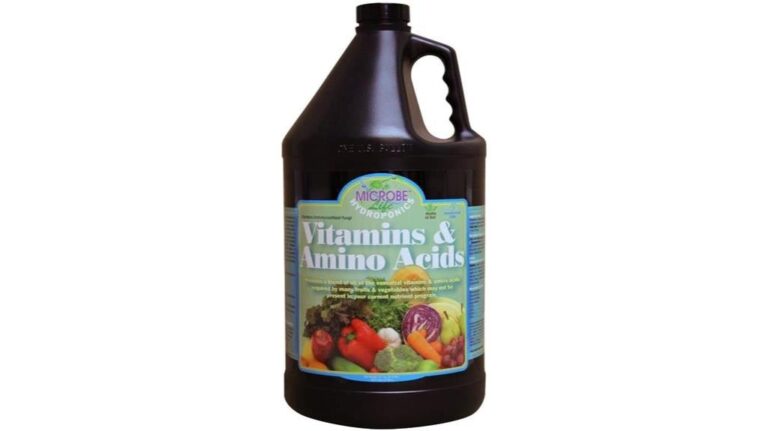Choosing Your Solar Panels
I get commissions for purchases made through links in this post. View our Affiliate Disclaimer.
Solar panels are a primary component of solar power systems and should be your first point of investigation. There are a few different varieties available on the market. They each have advantages and disadvantages which we will take a look at.
Solar panels are made up of a number of photovoltaic (PV) cells that are connected in an array to form a panel. Most of the PV technology currently available are manufactured using silicon.
Additional Essential Homestead Resources
✅ Medicinal Garden Kit - Grow medicine in your garden! A collection of seeds to get you started.
✅ Homesteaders Handbook - A printed book that covers all the basics for homesteaders.
✅ The Self-Sufficient Backyard - This book is an excellent resource for self-sufficiency on 1/4 acre!
✅ Into The Wild Survival Pack - Learn foundational survival skills every homesteader should know!
The 3 types of solar panels available and suitable for off grid solar power systems are as follows:
- Monocrystalline solar panels
- Polycrystalline solar panels
- Thin Film solar panels
[wpsm_toplist]
Monocrystalline Solar Panels
These panels are made from single crystal silicon . The construction method for these panels requires a highly refined silicon. This makes the panel more efficient, but also increases the cost.
Advantages of Monocrystalline
- More efficient in converting solar power to electricity – typically 15-20%. They produce up to four times the amount of electricity as thin-film solar panels.
- Monocrystalline silicon solar panels are space-efficient. Less panels are needed to produce the same power output.
- They have a longer lifespan than other solar panels, typically about 25 years.
- These panels perform better than polycrystalline solar panels in low-light conditions.
Disadvantages of Monocrystalline
- Monocrystalline solar panels cost more than the other options.
- They are more susceptible to shutting the entire system down if partially covered with shade, leaves, dust or snow.
Polycrystalline Solar Panels
These panels are constructed from silicon that is less refined. The silicon has multiple crystals in the structure hence the name ‘polycrystalline’. They are sometimes referred to as polysilicon panels.
Due to the less refinement of the silicon, a lower grade of silicon can be used and there is less waste, making these panels cheaper to produce. The lower grade silicon does, however, make the panels less energy efficient.
Polycrystalline Advantages
- Less cost. Due to the manufacturing process costing less, these panels are cheaper for the end user.
Polycrystalline Disadvantages
- They are less efficient than monocrystalline panels, typically 13-16%.
- Lower space-efficiency. More panels are needed to produce the same power as monocrystalline panels
Even with the disadvantages of the polysilicon panel over the mono, the polycrystalline panels are the more popular choice due to the substantial difference in cost. It is for this reason that the polysilicon panel is the panel of choice for the general home application type solar system.
Thin Film Solar Panels
This type of solar panel does not always use silicon. There are various materials that are used for different applications. This technology however is still fairly new, but is promising to revolutionise the solar panel market in the near future.
The advent of transparent film solar panels is one such technology that can turn every window in your home into a power generating solar panel! Without restricting the view!
Advantages of Thin Film Solar Panels
- The production process is simpler, making them more easily mass produced. Potentially they could be cheaper to produce that the other two panels.
- The panels are flexible rather than rigid like the other panels.
- High temperatures and shading have less of an impact on this type of panels performance.
- They are more aesthetically pleasing and can potentially be invisible.
Disdvantages
- These panels are not very efficient. This requires many of them to produce the same electricity as the other two forms.
- They do not last as long as the polysilicon and monosilicon panels, which pushes up the long term costs.
Thin film solar technology is not suitable for a home or off grid solar power solution due to the amount of space required for these panels. The long term replacement costs would also make these panels an unwise choice for a home solution.
This technology bears watching as it develops and improves, as it could, in the future become a contender.
Summary
In summary, from a home or off grid solar power solution point of view, you would be better off sticking with the polycrystalline solar panels. They have been proven to be the better choice from a cost to power production standpoint.
[content-egg module=Amazon template=custom/grid4]
Get more posts like this
Subscribe to our mailing list and get interesting homesteading and green living info and updates to your email inbox.
Thank you for subscribing.
Something went wrong.







